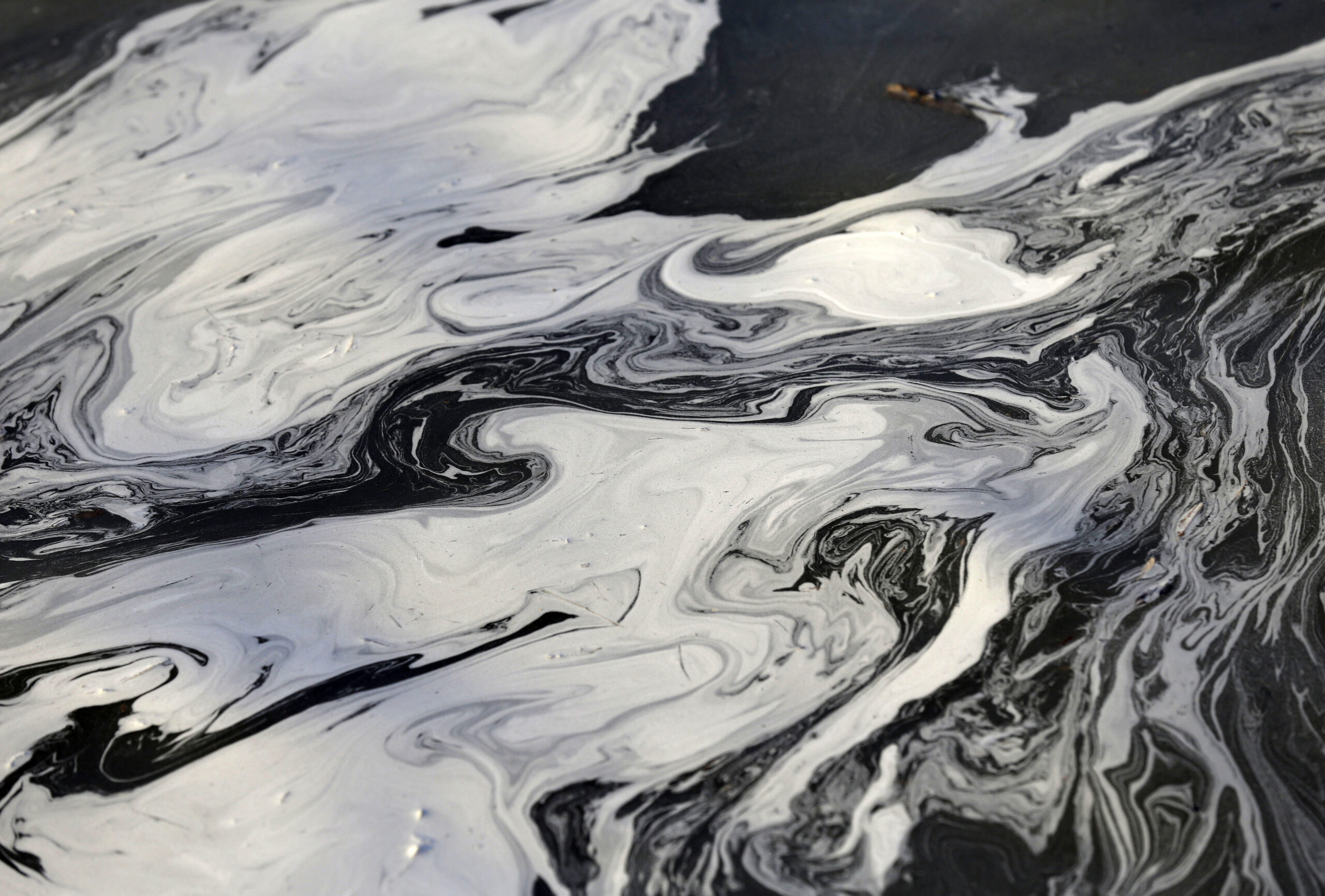Higher Sea Levels Threaten Georgia’s Parks

Fort Pulaski National Monument has been hit by two hurricanes and a tornado in the past few years.
Stephen Morton
Sea level rise threatens national parks around the country, including Cumberland Island and two forts in Georgia, according to a new study from the National Park Service.
The park with the highest future water levels in Georgia is Fort Pulaski National Monument, near Savannah. According to the report, by the end of the century, the ocean could be between a foot and a half to more than two feet higher there, putting at least part of the park underwater.
Storm surges will raise water levels even more, compounding higher ocean levels.
“We saw this during hurricane Matthew and Hurricane Irma, that Fort Pulaski received significant amounts of flooding,” said Clark Alexander, director of UGA’s Skidaway Institute of Oceanography.
A tide gauge at Fort Pulaski shows that water levels have risen there by about a foot a century.
Alexander, who was not involved in the study, said the Park Service report underestimates the effects from storms, because it doesn’t also look at wind-driven waves on top of storm surges.
“It’s really the waves that do all the damage,” he said. “That’s what’s pounding against your house, and that’s what’s beating against structures, and taking that floating boat that’s ripped loose from its moorings and smashing it into your storefront.”
Fort Frederica National Monument, which is on St. Simons Island, and Cumberland Island National Seashore would see water levels go up nearly the same amount, but they are at higher elevations than Fort Pulaski, so they’re less susceptible to sea level rise, said Alexander.
The study will be helpful to park managers who need to plan for the future, said Sarah Barmeyer, senior managing director of conservation programs at the National Parks Conservation Association.
The study had been delayed, according to an investigation by Reveal, which found that in earlier drafts of the report, references to climate change being caused by humans had been removed.
Barmeyer said she was happy to see the release of the report, which acknowledges climate change and humans’ contributions to it, but she’d like to see the Park Service doing more to prepare for climate change.
“Unless we begin to seriously address it, future generations will experience vastly diminished national parks,” she said.







